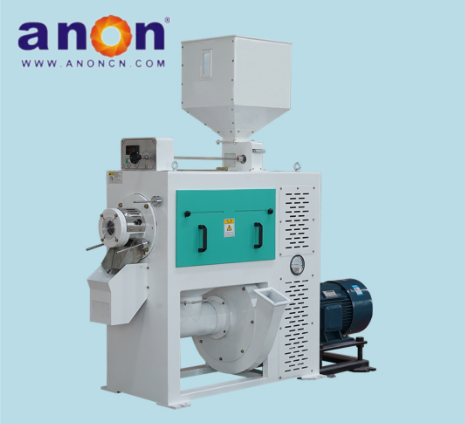Introduction
Whether you are a beginner or experienced in driving a tractor, you need to follow a series of steps to ensure you can safely and efficiently complete various tasks with your tractor. In the following article, I will introduce some basic operating steps to help you safely and effectively drive a tractor to get the job done.

Inspection before Operation
Before driving a tractor, you must do some inspection work.
First, you need to check if the tire pressure is sufficient. If the tire pressure is low, inflate them. Also, check if the pressure in both tires is even. If not, adjust it promptly. Failing to do so can cause uneven tire wear at best and make handling more difficult, increasing the risk of accidents at worst.
Next, you need to check if the diesel, engine oil, coolant, and brake fluid are sufficient and if there are any leaks. If levels are low, refill them promptly. If there are leaks, address and fix them immediately.
Also, check if the lights, horn, indicators, and wipers are working properly. Check the clutch and brakes for proper function and ensure that there are no loose connections.
Preparation before Operation
Before driving a tractor, follow the manual for technical maintenance. Check the oil level in the oil pan and make sure it is between the upper and lower marks on the dipstick. Tighten the parts of all components. Remember to place the gear lever in neutral and disengage the power take-off. Turn the crankshaft a few times under decompression to let the oil lubricate the parts and prevent excessive wear.
At this point, turn the handle of the diesel filter clockwise to connect the fuel tank. Lift the decompressor handle up and slowly turn the crankshaft three to five times. Pay attention to any unusual sounds like parts colliding or being loose. If everything is normal, increase the speed of cranking. When the speed reaches its maximum, push the decompressor handle down and keep turning the crankshaft until the diesel engine starts.
Note that after starting the diesel engine, you shouldn’t begin to drive a tractor work immediately. Let it idle at medium speed for five to ten minutes until the water temperature rises to 60°C before starting work.
Driving a Tractor
After the previous checks and preparations, before you drive a tractor, you still need to watch for people and obstacles around the tractor.
Starting a Tractor
Four-wheel Tractor:
At this point, you can release the brake pedal’s locking claw to let the pedal return to the relaxed position. (Also, if you are starting on a slope, you should gradually release the brake pedal as you start the tractor.) After pressing the clutch pedal for one to two seconds, smoothly shift the main gear lever to the desired gear. If the gear doesn’t engage, you can gradually increase the throttle while slightly releasing the clutch pedal.
Walk Behind Tractor:
If you are driving a walking tractor, set the clutch brake lever to the “Disengage” position. Move the main gearbox lever to neutral, and pull the auxiliary gearbox lever to the slow speed position. Then, set the clutch brake lever back to the “Engage” position. The tractor will move forward at a slow speed.
At this point, check if the clutch is fully disengaged. If pulling the clutch brake lever to the “Brake” position immediately stops the tractor, it is working correctly. If not, you need to adjust it promptly.
Shifting Gears:
When working with the tractor, the environment usually has a lot of resistance, so high speeds are not suitable. If your tractor has a manual transmission, you need to stop to change gears. First, press the clutch pedal and reduce the throttle until the tractor stops moving. Then you can shift to the gear you need. Slowly release the clutch pedal and increase the throttle, and the tractor will continue moving.
Turning:
When your tractor is equipped with farming tools, such as a cultivator or plow, you must not turn while working. Even if the tools are in the air, you should avoid making sharp turns. This can easily damage the connection points.
Walk Behind Tractor
If you are driving a walk behind tractor, try not to use the steering clutch while working. Instead, you can correct the direction by pushing or pulling with your hands.
Crawler Tractor
If you are driving a crawler tractor and want to turn while moving, pull the steering control lever on the side you want to turn toward back to the halfway point. This will disengage the steering clutch and the tractor will slowly turn.
If you need to turn in place, pull the steering control lever back and apply the brake on the same side.
Note: When turning while going downhill or pulling a machine, be careful as the tractor might turn in the opposite direction when the steering lever is halfway. In this case, pull the steering lever on the opposite side to turn. Be especially cautious to avoid turning on slopes or soft, wet ground, and avoid high-speed turns in place.
Stopping the Tractor
If you want to stop, first release the throttle, then press the clutch with your foot and shift to the neutral position. After that, release the clutch, and the tractor will come to a steady stop.
Conclusion
However, just knowing these steps is not enough for you to drive a tractor. You also need to keep practicing in real situations to get familiar with the tractor’s parts and improve your skills. If you have any questions or need more help, feel free to contact ANON.




